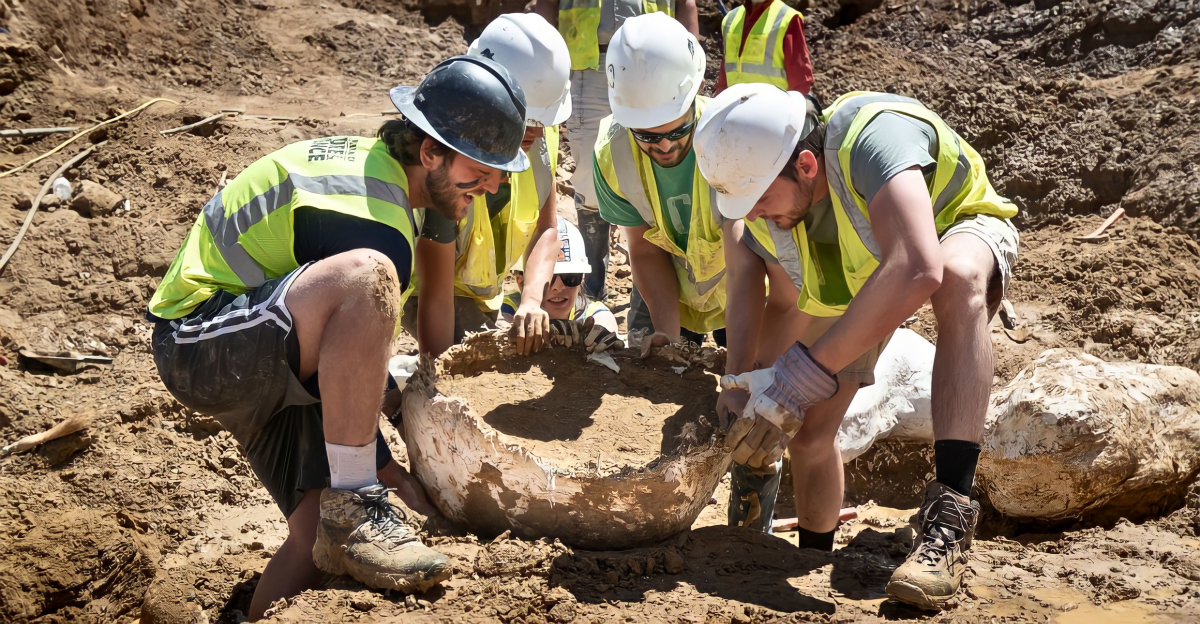
The end-Permian mass extinction wiped out over 80% of marine life, leaving Earth in turmoil. But scientists have uncovered a surprising “life oasis” in a remote part of China that may have helped ecosystems recover far faster than we thought. This discovery challenges everything we knew about the extinction and offers new hope for protecting life in today’s changing world.
The Discovery of a 252 Million-Year-Old “Life Oasis”
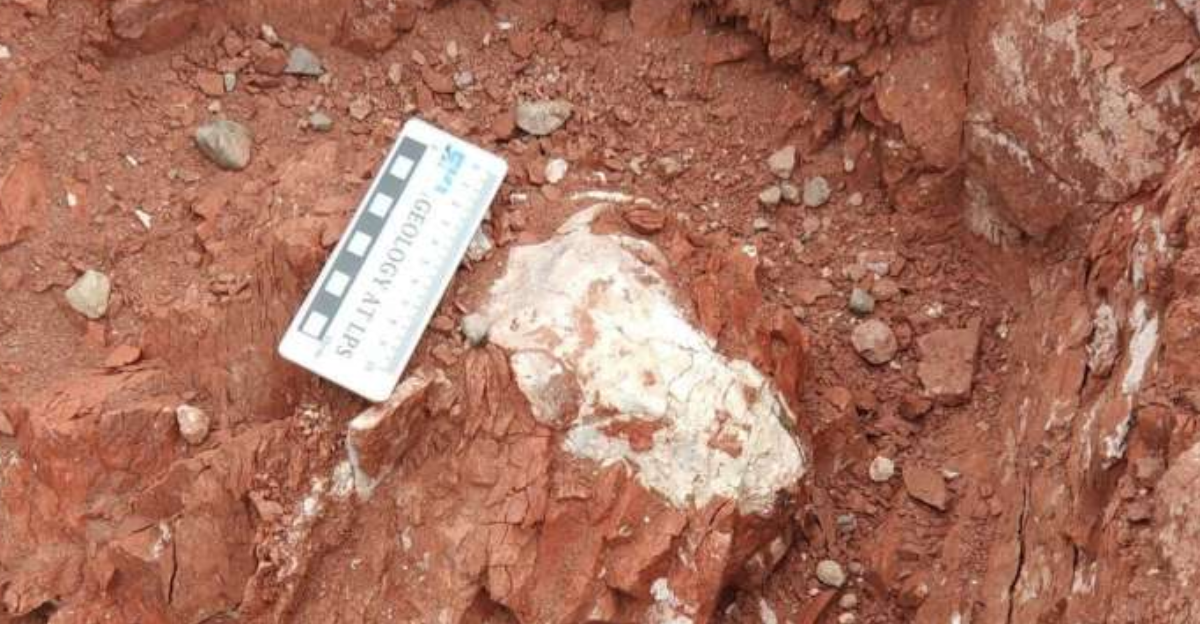
Scientists have uncovered a truly astonishing find in China’s remote Turpan-Hami Basin: a 252 million-year-old “life oasis.” This rare refugium survived Earth’s deadliest extinction event, the end-Permian mass extinction, which wiped out over 80% of marine species. While most of the planet descended into ecological collapse, this area maintained thriving plant communities, offering vital evidence that some ecosystems are more resilient than previously thought. The rapid recovery of these ecosystems, 75,000 years after the extinction, suggests that life can recover much quicker than previously believed. This discovery could hold the key to protecting biodiversity today, providing a blueprint for how we can create modern refugia to survive our current environmental crises.
Shattering the Uniformity of Extinction Events

For decades, scientists believed that extinction events were universally catastrophic, wiping out life everywhere. This discovery disrupts that notion. Despite being near the catastrophic Siberian volcanic eruptions, the Turpan-Hami Basin’s ecosystems survived. This challenges the idea that extinction events cause uniform collapse, showing instead that local climate and geography play a pivotal role in survival.
Ten Times Faster Recovery Than Expected

Traditional thinking suggested that post-extinction recovery took millions of years. However, evidence from the life oasis shows that recovery happened 10 times faster than anticipated. Within just 75,000 years, the area supported complex ecosystems, including herbivores like Lystrosaurus. This challenges the long-standing idea that biological recovery is a slow, multi-million-year process.
The Secret to Survival: Why This Oasis Thrived
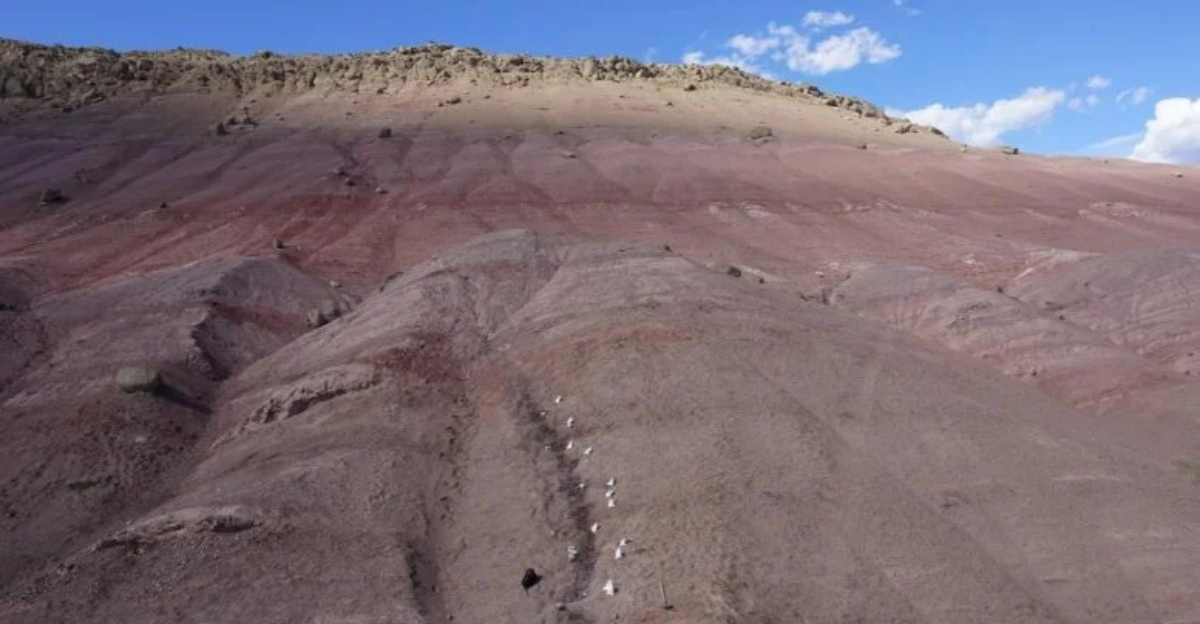
While mass extinction devastated the planet, the Turpan-Hami Basin defied the odds. Stable rainfall (1,000 mm/year) sustained life, while its topography shielded it from volcanic acid rain and UV radiation. Today, this once-thriving refuge is hyper-arid, relying on fragile artificial irrigation. Studying these conditions could help scientists pinpoint modern climate refugia—critical lifelines for biodiversity in an unstable world.
Building Artificial Refugia for Future Survival
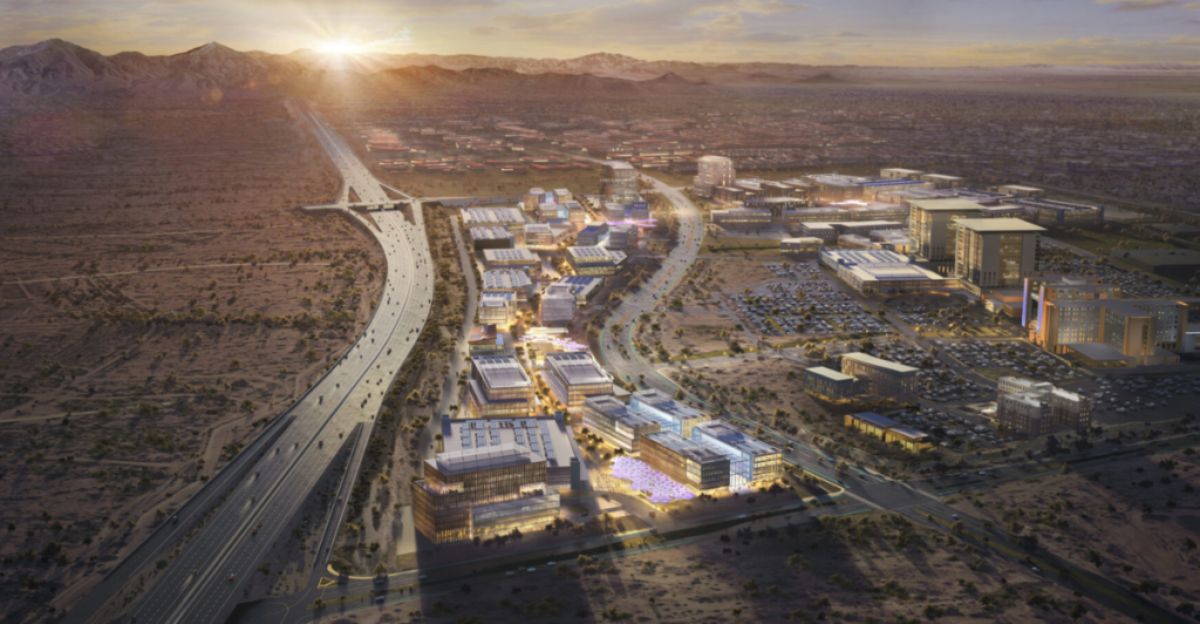
While natural refugia are essential, scientists are exploring the idea of engineered “life oases.” Projects like the Discovery Oasis biotechnology corridor in Phoenix represent the early stages of creating human-made safe zones. These innovations focus on sustainable agriculture, renewable energy, and climate-buffering designs to create self-sustaining ecosystems that can endure the impacts of climate change.
Refugia-Centered Conservation: A New Paradigm
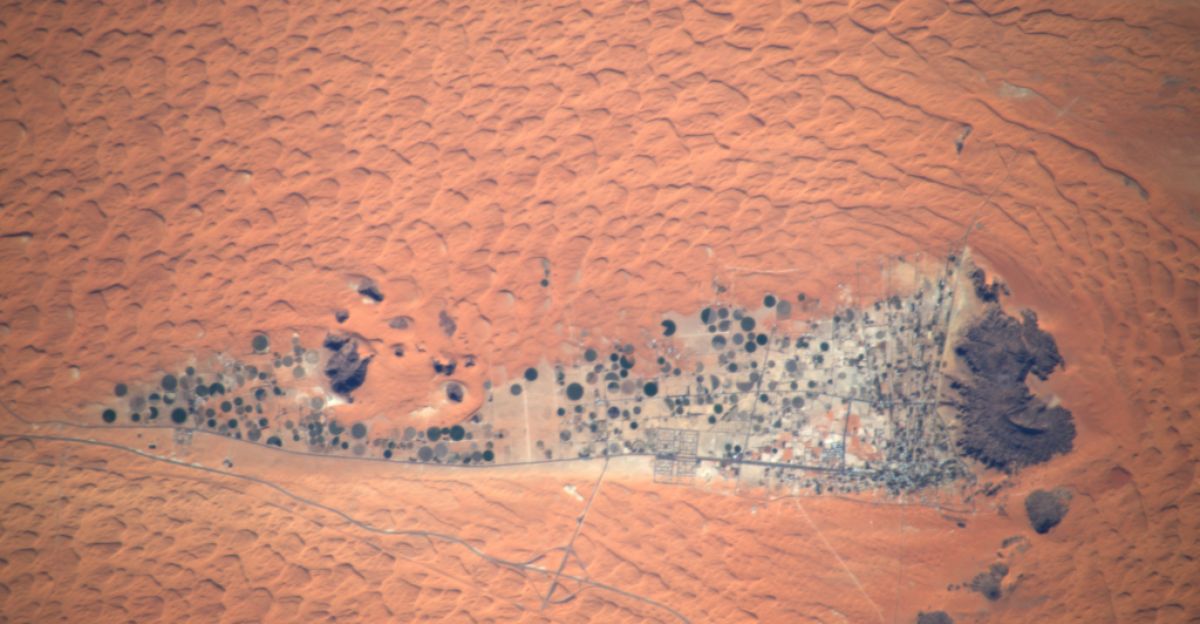
The discovery of this ancient “life oasis” calls for a shift in conservation strategies. Instead of trying to protect every species everywhere, we must focus on areas that are most likely to withstand climate disruptions. Prioritizing refugia means making tough decisions, but it’s necessary to ensure survival. Not all landscapes are equal when it comes to climate resilience.
Pre-emptive Biodiversity Relocation: A Bold Strategy

In light of the life oasis discovery, relocating species to potential refugia before their habitats collapse might be essential. Preemptive relocation could dramatically increase species survival rates. Instead of waiting until ecosystems are on the brink of collapse, conservation efforts must focus on proactive strategies, ensuring biodiversity has a fighting chance.
Ecological Grief and Strategic Hope
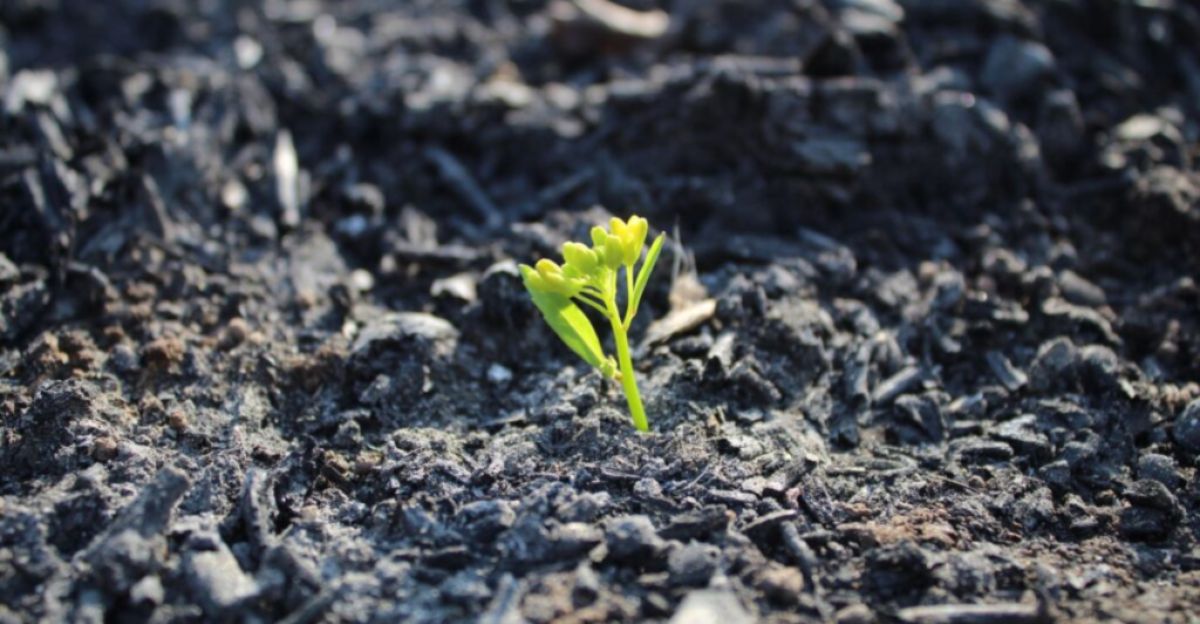
As climate change accelerates, ecological grief—the despair of witnessing environmental collapse—is growing. However, the life oasis provides hope. It shows that resilience is possible, even in the face of devastating environmental change. This ancient sanctuary offers a message of optimism: ecosystems can bounce back, and with the right strategies, we can ensure their survival.
The Economic Value of Climate Resilience
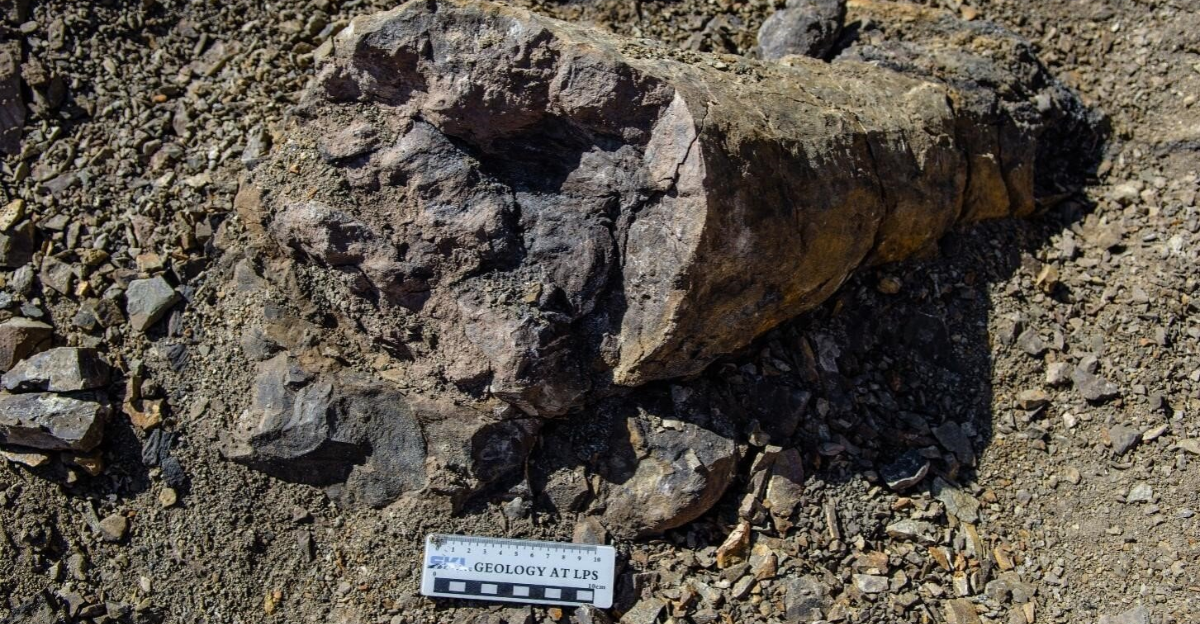
As climate risk becomes a key factor in investment decisions, the discovery of refugia redefines the market value of land. Areas identified as climate-resilient zones will see significant economic revaluation. This highlights the growing importance of investing in climate resilience infrastructure, as regions with stable environments will be highly sought after in the coming decades.
From Ancient History to a Blueprint for the Future
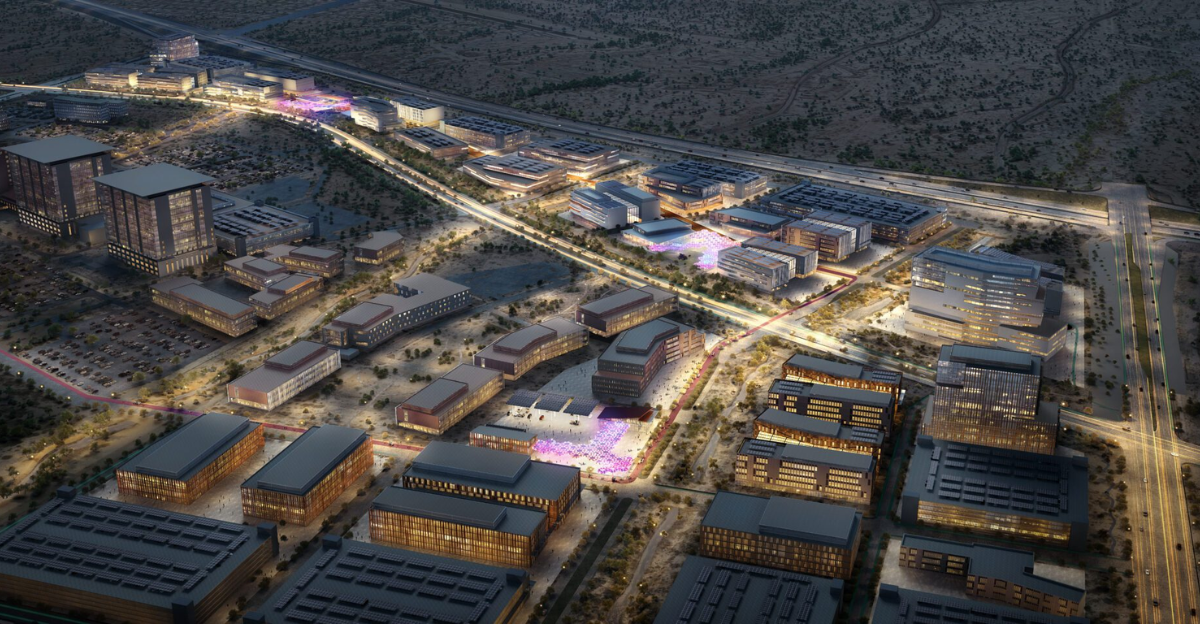
The discovery of the 252-million-year-old life oasis offers a powerful blueprint for modern survival. In the face of today’s environmental crises, this ancient refugium provides hope and strategic direction. By recognizing and protecting modern refugia, creating engineered oases, and investing in resilience infrastructure, humanity can navigate the climate challenges ahead. The question isn’t whether survival is possible—it’s whether we have the vision to act now.
Explore more of our trending stories and hit Follow to keep them coming to your feed!

Don’t miss out on more stories like this! Hit the Follow button at the top of this article to stay updated with the latest news. Share your thoughts in the comments—we’d love to hear from you!







